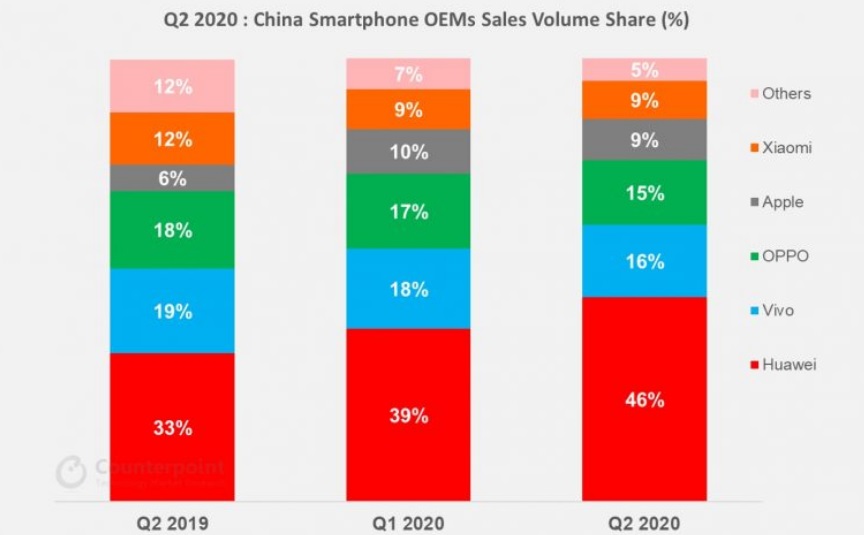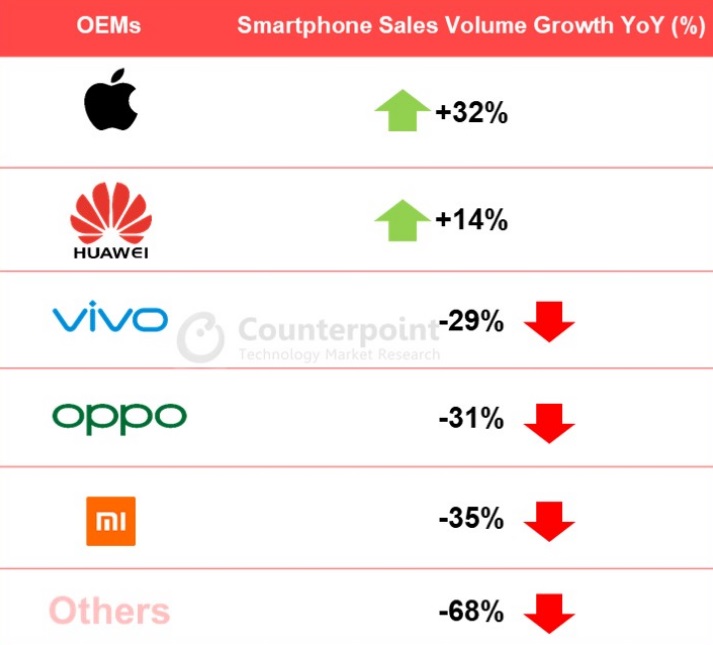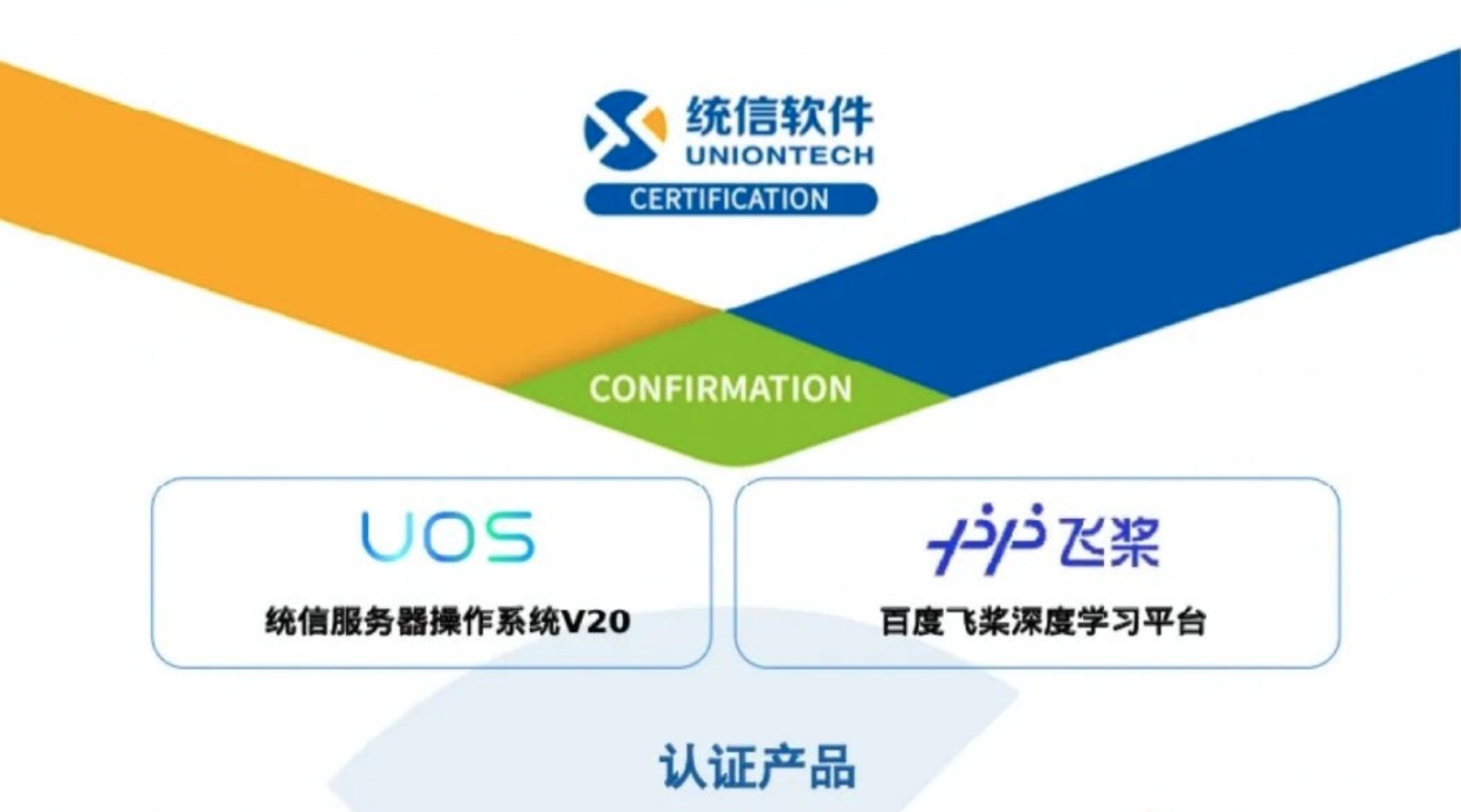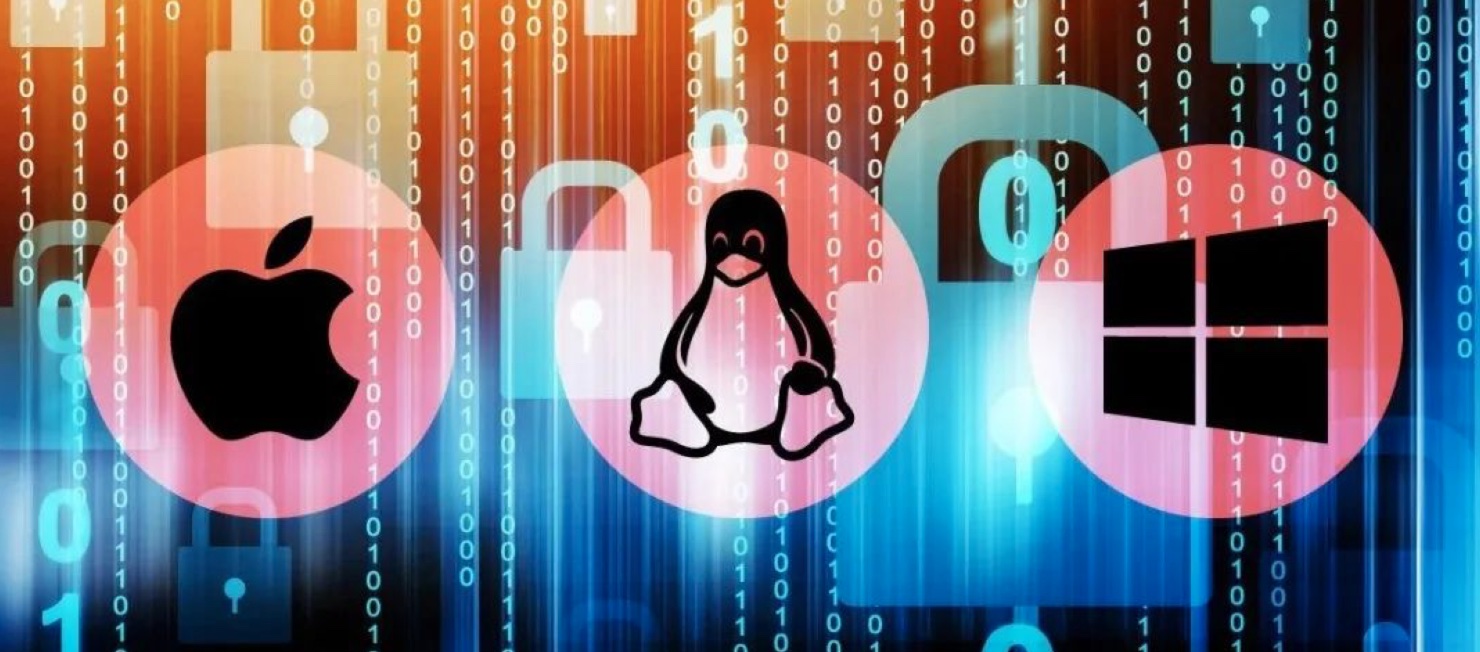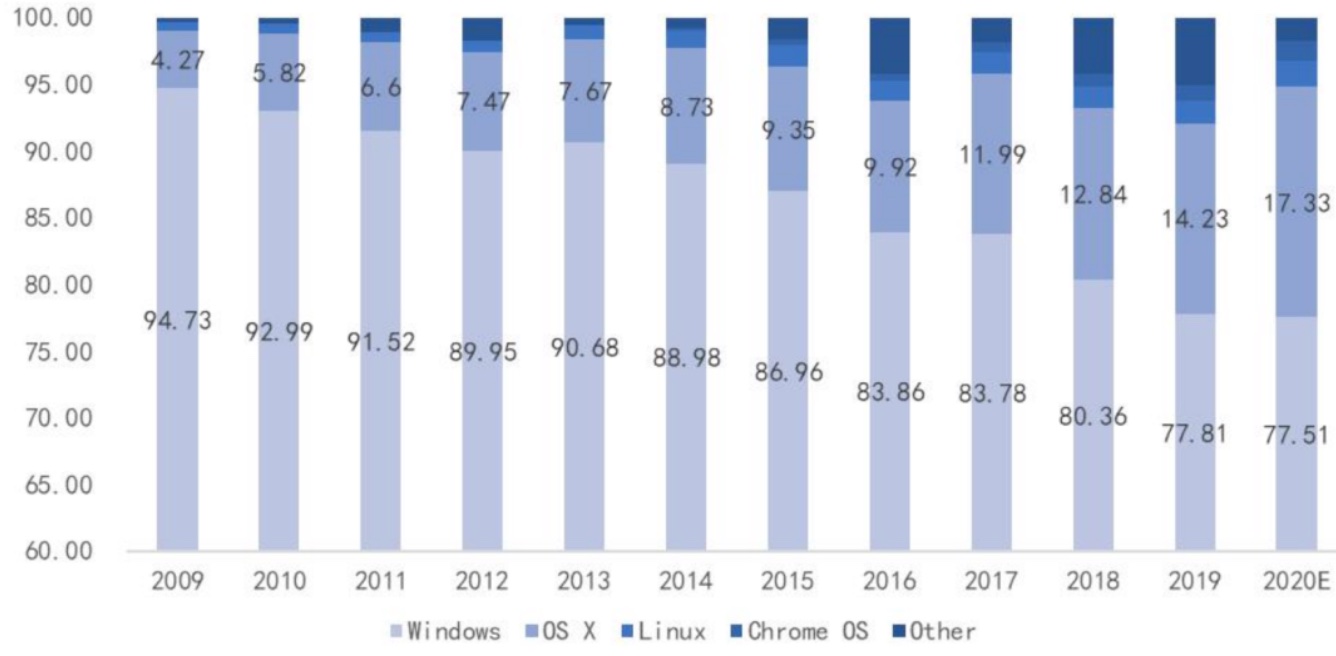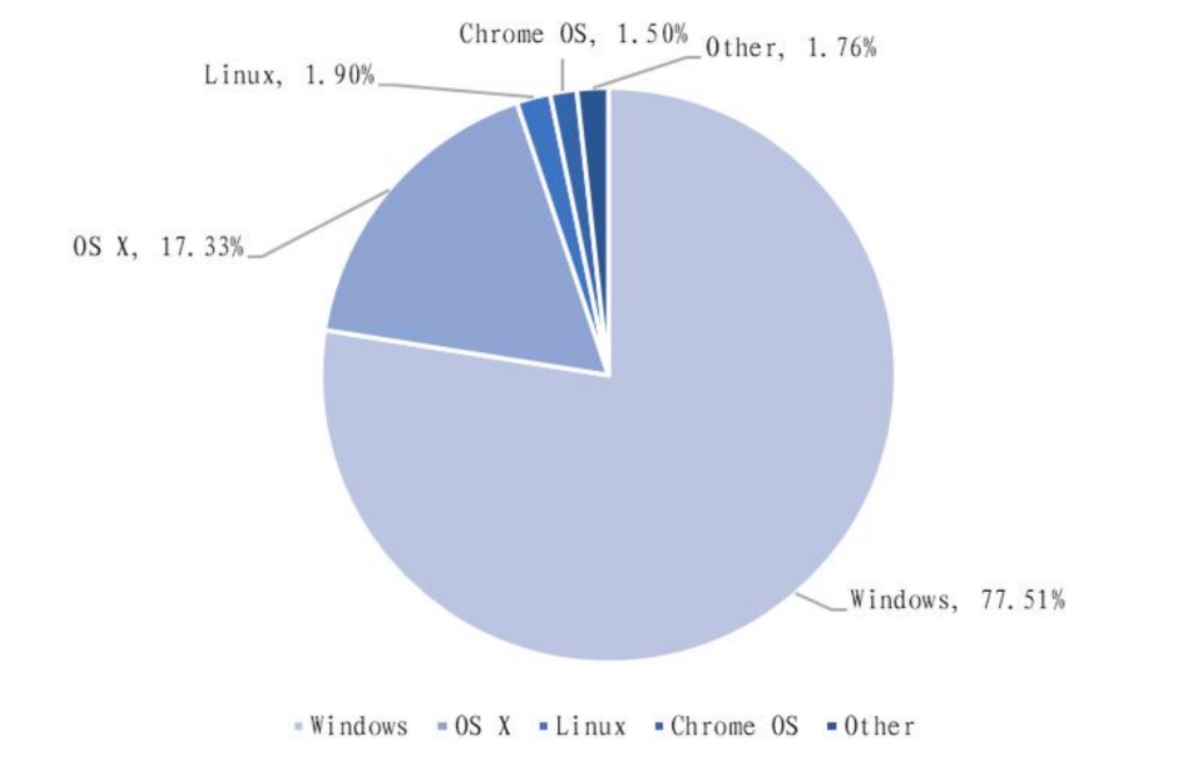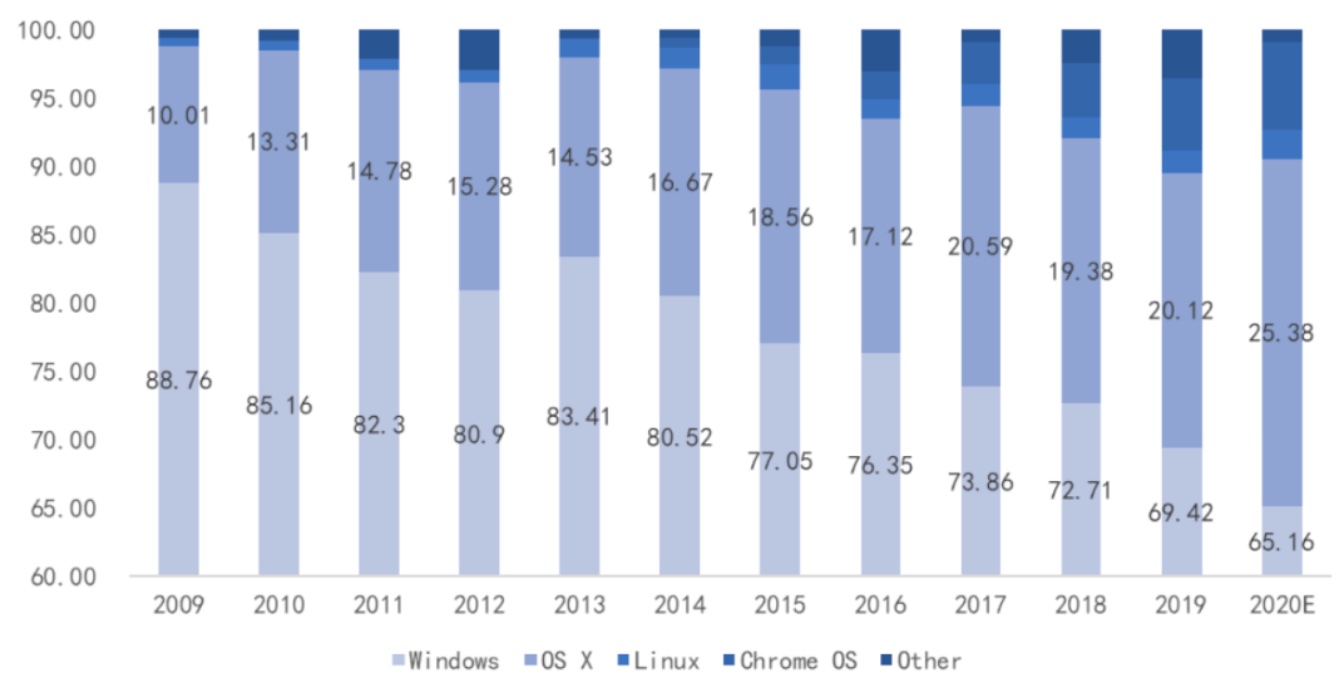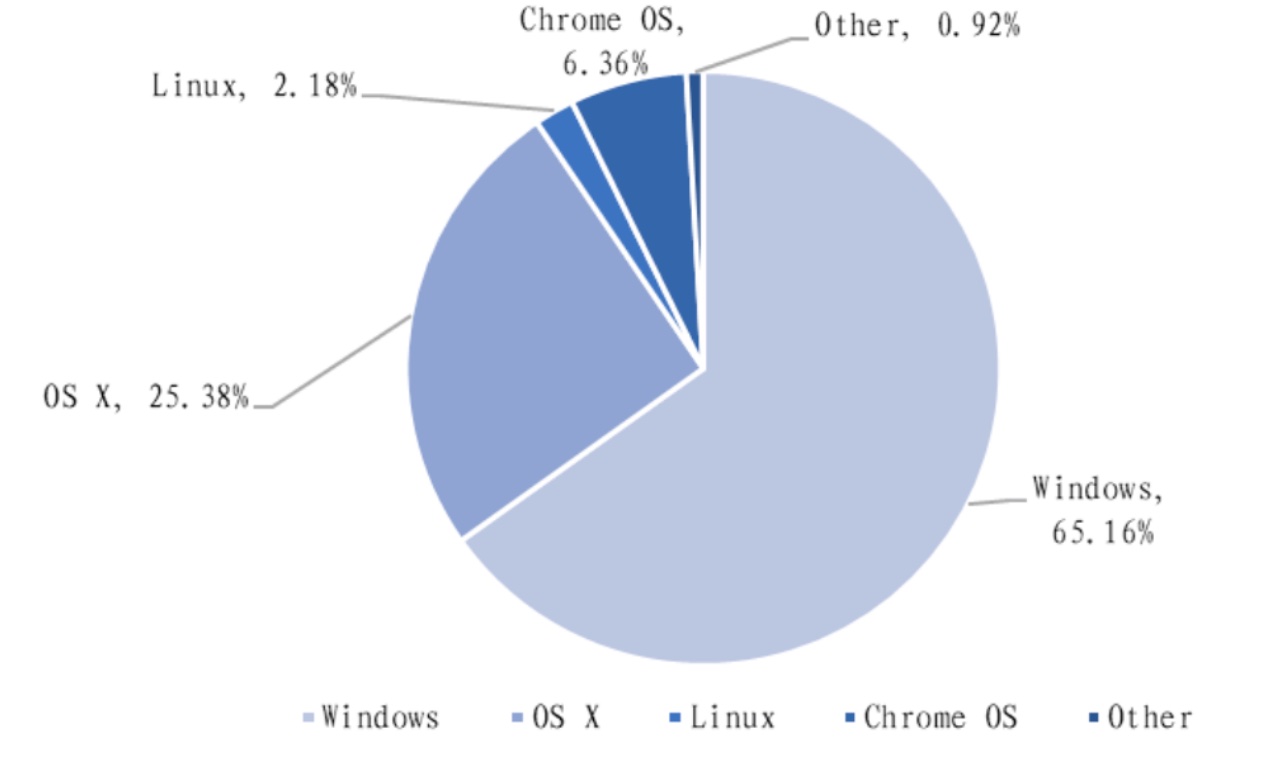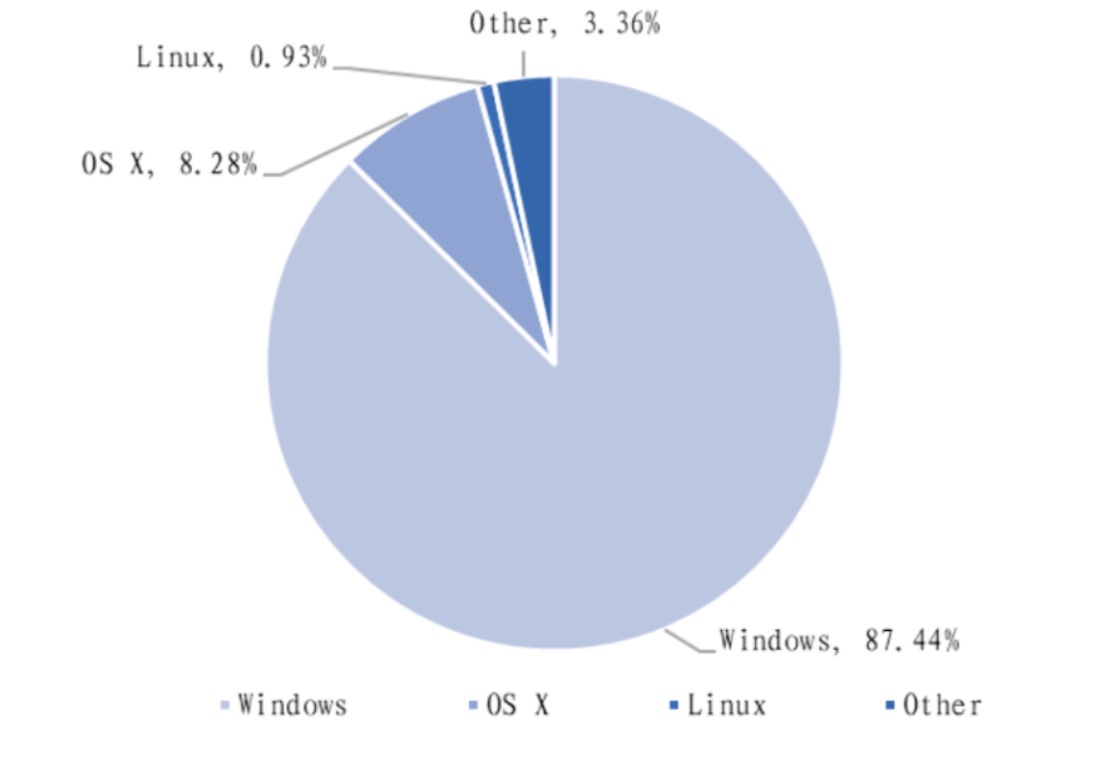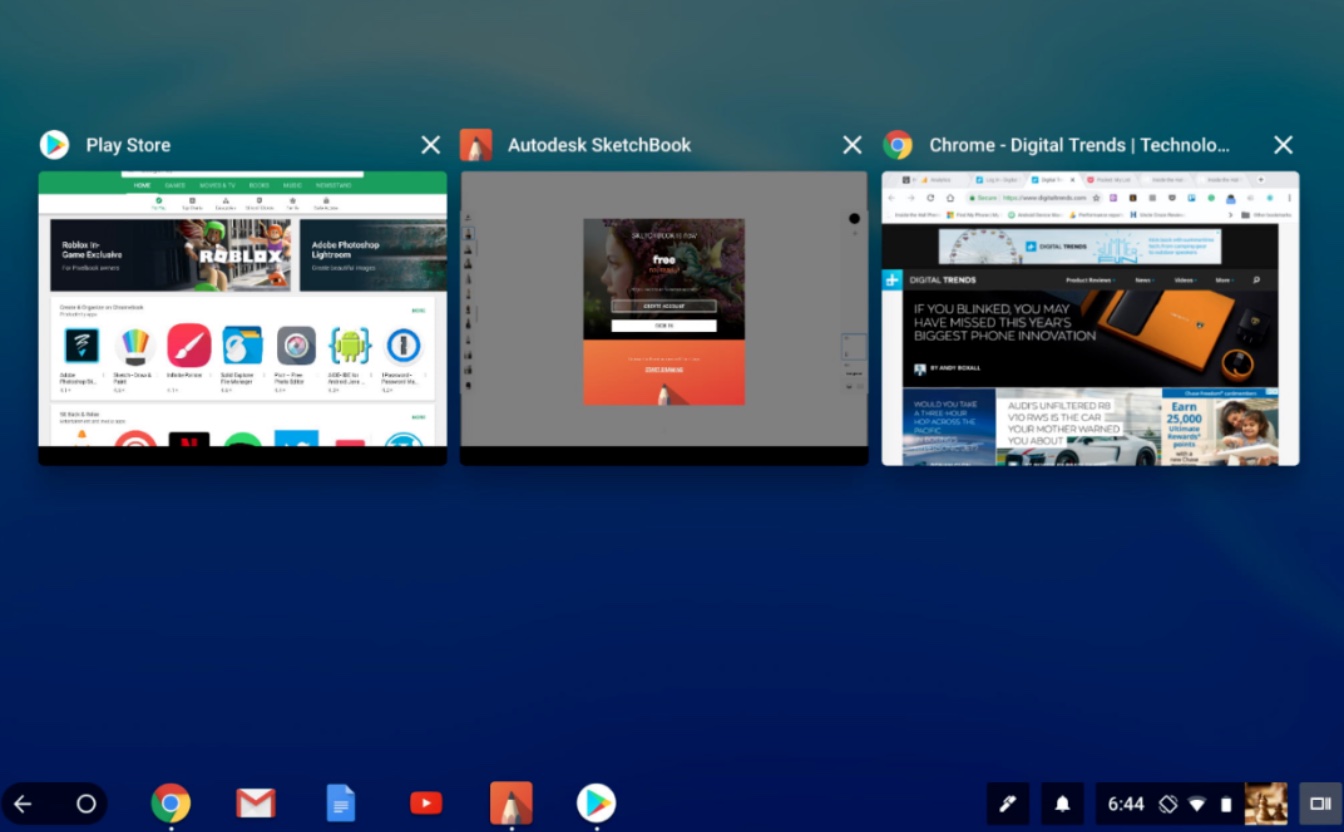continue...
3. Apple OS X: The Catcher
OS X Product Mapping Evolutionary Path.
OS X, the operating system running on Apple's Macintosh family of computers, was the first GUI operating system to be successful in the commercial space and has long been used by the industry to compare itself to Microsoft's Windows.
In terms of the underlying architecture, Apple OS X is a continuation of Unix's design thinking and research, directly inheriting many of BSD's design concepts.
The evolution of OS X can be divided into three phases: System to OS X 8 and the successor OS X GUI, System is the older and no longer supported version of the classic Mac OS, known as the "System x.xx" series.
The OS X 8 series started a period of rapid growth for Apple's desktop operating system, after which OS X Apple entered the post-OS era.
In 1984, Apple released the first Mac personal computer along with the first-generation operating system, System 1.0, which first used a graphical interface and user interaction design.
System upgrades didn't change much for the next seven years until the seventh generation system was introduced in 1991, with System 7.0 being the first Apple system to support a color display.
In 1997, OS X 8.0 was released and the OS X name was officially adopted, bringing users the Multi-thread Finder, a 3D Platinum interface, and a new computer help system.
In 1998, Apple CEO Steve Jobs announced the OS route for OS X and decided to release system updates every six months, with the OS X 9 series being the last OS X series in this system route.
In 2001, the fifth year of his return to Apple, Jobs released OS X 10.0, a system based on the Darwin system, which inherited the Next Step technology from NeXT, the company Jobs founded when he left Apple, opening a new chapter in Apple's operating system.
Over the next 20 years, Apple upgraded from the OS X 10.0 Cheetah system in 2001 to the latest OS X 10.15 Catalina system in 2019, with dramatic changes in system processors, interfaces and features, and increasing market share.
Together, the desktop and mobile ends make up Apple's mobile product atlas.
The Mac, iPhone, iPad, iWatch, and iPod families and services make up Apple's mobile ecosystem.
The Mac is based on the OS X desktop operating system, while the iPhone, iPad, iWatch, and iPod are based on the iOS mobile operating system.
iOS is a derivative of OS X on the mobile platform, bringing the idea of a desktop system to mobile phones.
With the introduction of the iTunes music platform software in 2003, Apple rapidly expanded the market for iPod hardware products with the "iPod+iTunes" model, integrating the player, copyright protection technology, and the iTunes Music Store, opening Apple's path from electronics manufacturer to the end-user content provider.
In 2007, Apple launched the App Store online application store after the release of the iPhone, forming a new "iPhone + App Store" combination.
Both iTunes and the App Store are bundled under Apple's iTunes sync management software, and Apple is leading the wave of the mobile phone revolution.
In 2009, Apple launched the iCloud cloud service, which provides a private cloud space for Apple users, supporting the synchronization and pushing of data between user devices over the air, closely integrating Apple's hardware and software products.
In 2010, Apple launched the iPad tablet, which became the "Terminal App Store" portfolio.
In 2014, Apple launched the iWatch to enter the smartwatch space, and Apple's mobile product mapping is now complete.
Closed hardware + semi-open software to create an integrated ecosystem of Apple hardware and software.
Apple integrates the strengths of software, hardware, and operating system to create a stably integrated ecosystem of hardware and software.
To reduce system burden and improve security, Apple has adopted a closed strategic architecture for its operating system, allowing developers to access only those features that Apple considers "secure" or "recommended.
Apple is completely closed at the hardware level and has absolute control over the hardware vendors using its operating system.
Apple is semi-open at the software level, strictly vetting all software developers, through closed hardware + OS, control of sales channels, so that many applications will have to be downloaded or in-app payment when they are added to the App Store.
This establishes a complete payment model for purchases, ensures the high quality of free or paid software in the App Store, and fosters good user word of mouth and payment habits.
4. Google ChromeOS: a rising star
From a single form to multiple forms, the Chrome industry chain continues to improve.
In 2010, Google introduced Chrome OS, Google's PC operating system for netbooks, a lightweight, open-source operating system running on the Linux kernel with the Chrome browser at its core.
Chrome was released in 2008, and Google took the exact opposite of Microsoft's open approach, open-sourcing the Chrome project from the start, and within nine months of its release it attracted over 30 million users to browse the web using Chrome, and the Chrome OS system was born.
Continuing Chrome's fast, simple, and secure nature, Chrome OS emphasizes cloud computing capabilities, storing users' applications, files, and settings on a cloud server, reducing the computing and storage burden on the laptop itself, and aiming to create the fastest and leanest operating system.
In 2011, Google launched Chromebook, a laptop based on Chrome OS, as the "future of lightweight portable computing", and Chrome OS went from a single form to multiple forms.
In 2016, Android programs began to merge into Chromebooks and other Chrome OS hardware, a landmark optimization for Chrome OS.
In 2018, Chrome OS introduces the ability to run Linux apps, the Chrome ecosystem gets better
(c) Creating an educational ecosystem that cuts into the mainstream market.
According to Futuresource, Chromebooks have maintained their dominant position and market share in the K12 education market year on year, growing their global share in this market to 35% in 2018; with the US market being the largest Chromebook market in the world.
Popular with educators for Chrome OS' lightweight and fast features and Chromebooks' price advantage, teachers can lock student Chromebooks with remote control, making instructional management easy.
The web-based application design also saves a lot of time waiting for the installed software to load and open, while Google also launched Google Classroom classroom management application, Google Plus video group chat, and Google Docs and other supporting software services to meet daily teaching needs.
In addition, Chromebooks are priced in the $200-$400 range, and Google doesn't directly profit from Chromebook hardware sales, instead of charging schools a $30 per device registration fee, a significant price advantage.
Google's Chromebooks with Chrome OS quickly took over the education market, laying the foundation for the mainstream market to enter.
(ChromeOS)
License Android for free and launch the OS+App channel. In order to make Chrome OS the right operating system for everyone.
Google started the initial integration of Chrome OS and Android in 2018 by opening up its hardware and software completely, providing access to Android folders for Linux apps, and Chrome OS devices can run Chrome apps, Android apps from the Google Play store and Linux apps.
According to Google's internal data, within a year of licensing Android, as of March 2019, the number of time users spent using Android apps in Chrome OS increased fourfold year-over-year, resulting in significant results in building a refined Chrome OS experience for Android apps.
In May 2019, based on Android Runtime for Chrome (the way Android apps run), Google began developing a new generation of ARCs - "ARC++" - aimed at deeper integration of Android Runtime with Chrome OS, aiming to further break into the ecosystem of Chrome OS and Android.
